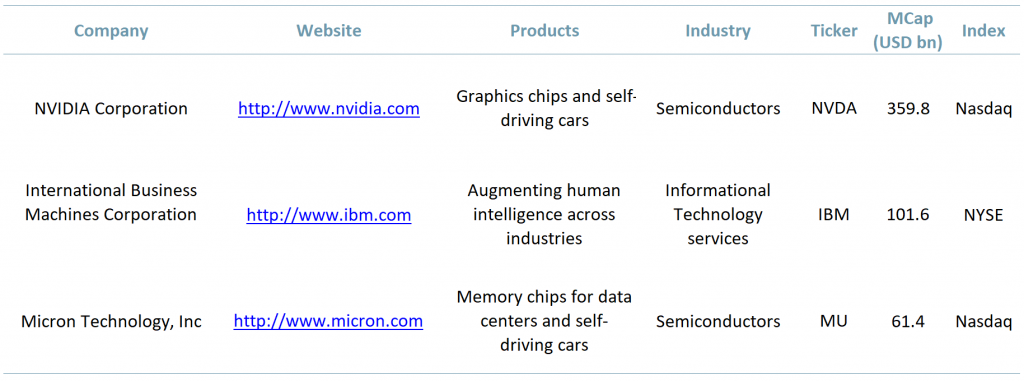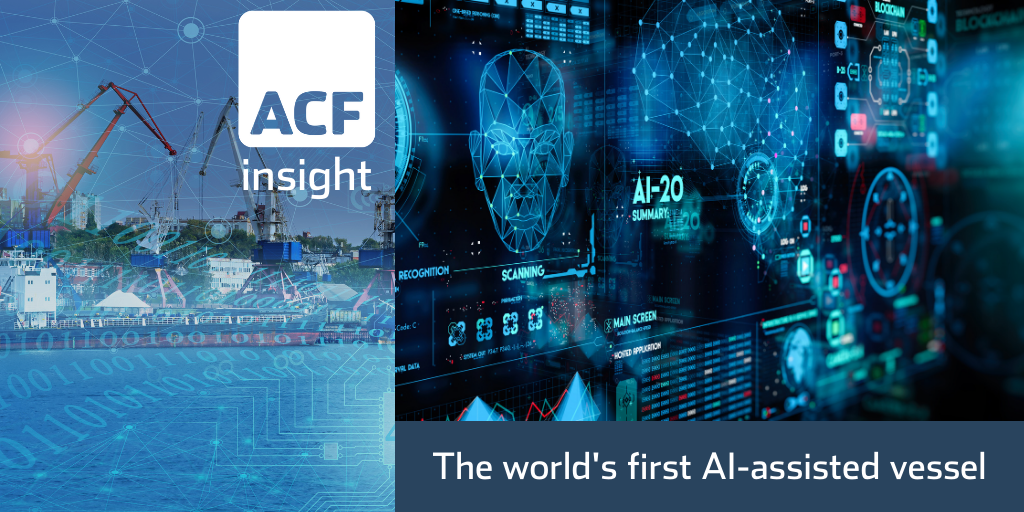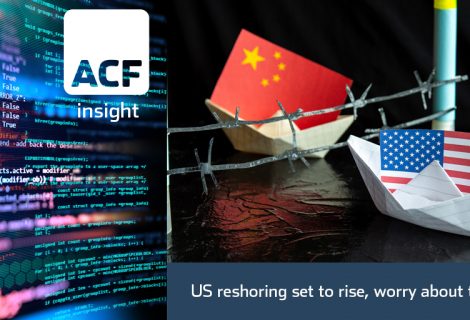AI and the Baltic Dry Index
Mayflower Autonomous Ship, the world’s first AI-assisted vessel, was launched on 16 Sep in Plymouth. 2020 marks 400 years since Mayflower’s first journey.
- This robot ship is over 100 ft in length and completely autonomous – driven by an “AI captain” built by IBM (NYSE:IBM).
- During its scientific journey scheduled for April 2021, the Mayflower Autonomous Ship will be powered only by wind and solar technology.
- The trimaran vessel and its AI silicon-based captain first official role will be to act as a marine biologist. The Mayflower will be programmed to sample the ocean for plankton and microplastic.
- Th project is worth US$1.5M and sponsored by ProMare (US non-profit organisation), IBM and Marine AI (UK maritime tech start-up).
Digital technological advancements and innovations have spiked during 2020. Current travel restrictions and social distancing measures are forcing most sectors to revolutionise their operations. In our assessment this will lead to permanent changes in business behaviour.
AI is already well embedded in the healthcare sector (e.g. robotic surgeons and nurses) and recently it has also penetrated the hospitality industry (e.g. the barista robot).
There has been much discussion and trialling of remote land vehicles and AI. Most observers believe AI land vehicles will dominate our road traffic in due course.
It is unsurprising that AI is penetrating the marine transportation sector.
In Exhibit 1 below, we illustrate the top three AI performing companies in the Technology sector where their technology is being used for transportation.
Exhibit 1 – Top three AI technology companies by market cap, 2020
 Sources: ACF Equity Research; The Motley Fool
Sources: ACF Equity Research; The Motley Fool
The shipping industry has a wide range of operations from transporting goods to cruises, therefore AI has an opportunity for endless applications within the industry. Yet there is a long way to go from the trimaran vessel to a cruise ship or a bulk carrier.
The Solow Growth model states that production or output (GDP) is a function of labour (human capital), capital and technology.
While human capital is a scarce resource at the moment, due to Covid, the shipping industry would benefit from increasing technological innovations and particularly AI. One interpretation of the Solow growth model is that sustainable economic growth is only achievable through technological innovation.
Automating the bulk carrier industry could make it easier for the shipping industry to survive economic recessions caused by a pandemic or any other economic shock.
From a pandemic perspective, there would be less disruption in the supply chain as less human capital is needed if AI is effective. In addition, maintenance costs fall and margins improve as AI is deployable as an early warning system for mechanical and electronic systems – replace it before it breaks. By the same line of thought, inactivity costs are also reduced.
Statistics from the Baltic Dry Index (Exhibit 2 below) show signs of economic recovery. In Sept. 2020 the index was up at 1,725 compared to 1,488 in August (a 16% increase). This is a vast improvement from the 504 recorded in May 2020.
We expect the Baltic Dry Index to rise rapidly with the announcement of successful vaccine trials in the short term, but over the mid-term we expect the cost of hire per day to fall – thanks to AI.
Exhibit 2 – Baltic Dry Index, 2018-2020
 Sources: ACF Equity Research; Bloomberg
Sources: ACF Equity Research; Bloomberg
Author: Anda Onu – Anda is part of ACF’s Sales & Strategy team. See Anda’s profile
















